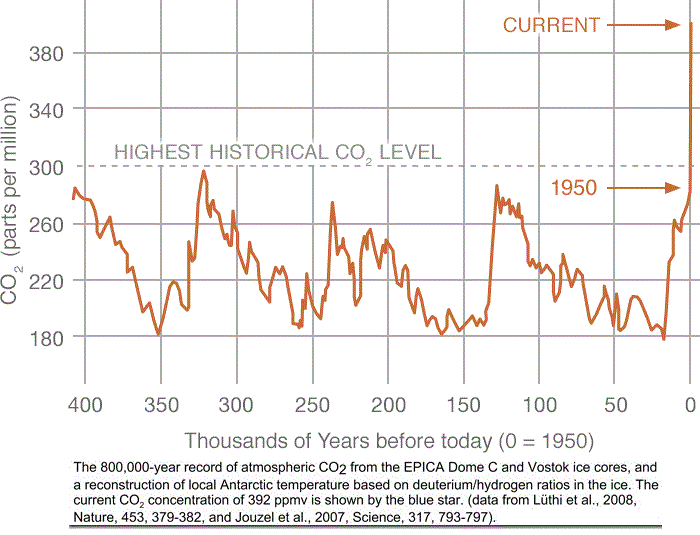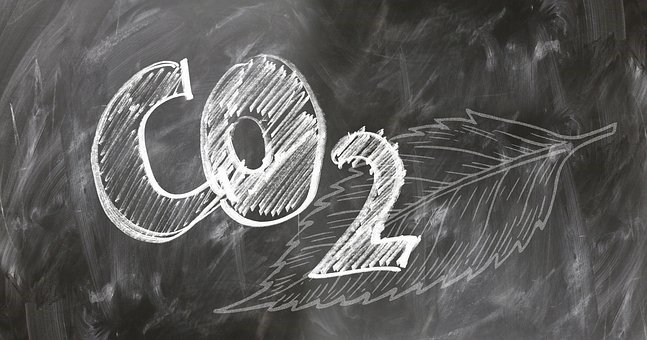Climate changes are having huge impacts on global warming and therefore on the availability of agriculture products. Population is increasing surely and the needed of high-quality foods is going to increase accordingly.
It is difficult to judge if the quality and availability of raw foods are decreasing due to global warming or if for reasons related to the intensive agriculture practices. These two aspects are anyhow linked each other, and are spiraling down to a never-ending path. The intensive practices contribute to an intensive use of the environment, like the global warning, which decrease itself the productivity of the agriculture. Then, to boost the production, the intensive techniques are cycled used again.
Nevertheless, the global warming is not the results of bad agriculture practices only, but it is the direct effect of a general wrong use of the manufacturing processes that is a non-sustainable way to manage the industry production life-cycle.

The role of intensive practices like monocultures is one of the key-parameters which increase the CO2 emissions. Around 20% of worldwide CO2 emissions are caused by agriculture and deforestation (http://www.fao.org/docrep/019/i3671e/i3671e.pdf), considering the period 2000-2010, it means around 45 billion ton. In fact, the needs of more fields increased the deforestation and, therefore, decrease the number of trees. The direct effect of this reduction is a less capability to convert the CO2 into oxygen, increasing the free carbon dioxide amount in the atmosphere. The final effect is a higher percentage of greenhouse gas thus an increase in the global warming.

The above image shows that the natural fluctuation of CO2 in the atmosphere over the years has been corrected after 1950 due to the development of manufacturing industry, increasing in population and other related factors.
In addition, there is a significant effect related to the production of food for farming animals. This additional load to the agriculture implies to convert certain zone of the world into virgin fields of soy, grain or corn. An example is Latin America which export significantly to Beijing soy. In China there are about 700 million pigs, which is half of the worldwide population of farm pigs (one for every two citizens).
A study performed by a University in Goteborg (https://link.springer.com/article/10.1007/s10584-014-1104-5) stated that around 95% of the worldwide soy is for farm animals use. Another interesting figure is that in order to produce 1 kg of bovine meat, 200 kg of CO2 emission is generated. These numbers highlight a clear relationship of the CO2 emission to the practices of agriculture and grazing.

It has been estimated by the UN/DESA (United Nations Department of Economic and Social Affairs) that the worldwide population is increasing to around 10 billion in the next 35 years whilst today’s population is about 7.5 billion (https://www.lifegate.com/people/news/un-latest-prospects-world-population). Due to environmental aspects, considering that the increasing in the availability of virgin fields is limited, it is estimated that the yields of corn and grain is going to decrease by 50% in the same period. This means that in the next 35 years the food availability will decrease significantly creating a real problem in our society.
The effect of the yield decreasing has been highlighted in the last report of Michael Oppenheimer of the Princeton University in a report (https://www.ipcc.ch/report/ar5/syr/) wrote by scientific community.

This effect anyhow is still present in our current world. In the 2015 report of “The state of food insecurity in the world” (http://www.fao.org/3/a-i4646e.pdf) it is calculated that there are around 800 million people who has no enough food, which is sufficient to state that the food availability is a real problem of nowadays.
So, climate change is indirectly limiting the growing of population and, more in general, the industry development. It is necessary to change the way to manage the agriculture, introducing sustainable practices. The increase of the intrinsic production yield of the species of corn, grain, etc. could also have a positive impact, by biologically selecting of the most active species and introducing the OGM in the less productive countries.
Another solution to control the impact on the CO2 emissions is to decrease the consumption of bovine meat (https://www.lifegate.com/people/news/forest-amazon-burger-king). In fact, since the meat lifecycle creates carbon dioxide emissions, it would be sufficient to change our lifestyle decreasing (not eliminating) the amount of meat in our diet.
